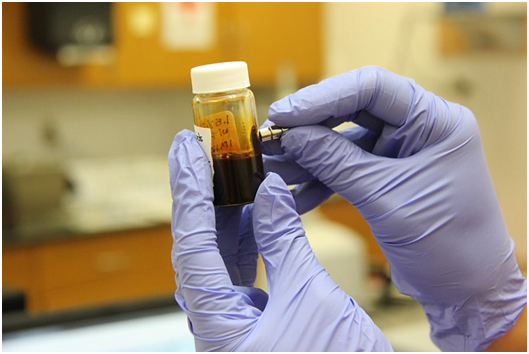4 Surprising Facts About The Future Of Animal Testing

Animal testing has long been a widely controversial topic throughout the world. Some are in favor of the practice since it protects humans from going through many risks themselves. Of course, animal rights enthusiasts are all for shutting down this practice once and for all.
Both sides have their own valid arguments, but the future holds a lot for the development and change of how animal testing is conducted. Does this mean we can eventually do away with such methods altogether?
Read on to find out.
- The Spinach Method
Believe it or not, there is a way to use spinach as a testing ground for live human tissue! Did you ever notice how spinach has so many fragile blood vessels crossed all over its leaves?
Research from the WPI (Worcester Polytechnic Institute) has made use of the vascular system of spinach leaves. What was so far impossible with 3D printing may now have an animal-free alternative!
Spinach is quite a common plant and is easily sustainable in several kinds of environments. It also requires relatively little investment and fewer resources. It’s certainly cheaper to keep around a lab than animals.
- Human Consent

Humans are already willing volunteers in several testing mechanisms, including testing for new drugs and medications. This also includes human subjects in psychological experiments. Needless to say, such experiments are quite dangerous and can be mentally and physically disturbing. However, the subjects are compensated for their participation which is why many people participate in it willingly.
Animals, of course, cannot give or withhold consent. This is one of the many arguments against animal testing. Even the humans who consent to such tests cannot do so unless there legally capable of making their own decisions. They can also withdraw their consent or refuse to participate any time they want.
In fact, several tests may even benefit from having human subjects instead of animals. This is because humans can communicate whether they’re actually feeling better or not. They can also take placebos as part of a control group in order to determine whether the drug was working or whether it was some other factor. Again, this is something one cannot depend upon when testing with animals.
There is an ethical element against human testing as well. If humans are willing to test out new and mysterious medicines for money, what does that say about their level of desperation? This remains a debate for now. However, research does show that products intended for humans are better off being tested by humans as well.
- Using Simulations
Now that technology has made such vast progress, we can simulate human bodies, subsystems, and use digital rendering for medical experiments. This is an investment that would cost a lot in the beginning, but be much cheaper to maintain than the upkeep of several hundred animals.
Using computer simulations for testing is also better in terms of accuracy, practicality, and time-efficiency. We already have MRI and ultrasounds ready for use in several labs. The medical industry is using such equipment to provide valuable data that is accurate and quick in its results.
This means that you can hope that technology can get far enough to mimic the human body so as to make animal testing obsolete. StudyLog Systems Inc is one such example.
- Studying The Cells
We’ve all heard about the extraction of stem cells and growing them within a laboratory setting. Animal stem cells are used for this purpose to produce ‘clean meat.’ There is now evidence to show that human stem cells may also be extracted and studied ‘in vitro.’
The human cells may be studied for their response to certain proteins, drugs, and other treatments. These cells are also easier to manipulate on a molecular level than animal or human systems. The can be replicated in a fast and inexpensive manner, making them a viable and cruelty-free method for some experiments.